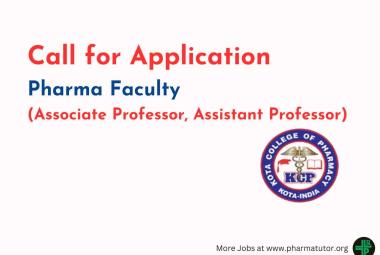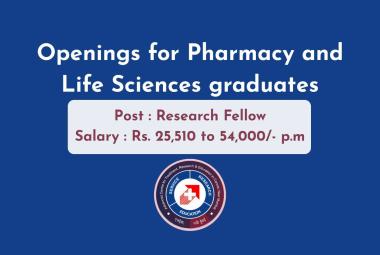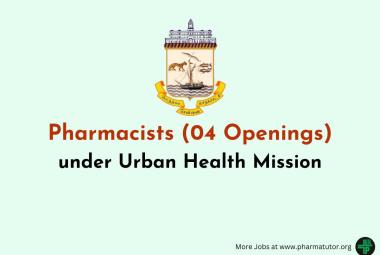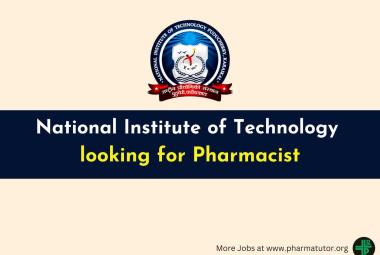Bioactive adhesive tissue patches are emerging as an alternative to suturing for deep cuts and wounds. Collagen-based adhesive gels are commonly used, but these patches are expensive and may cause an immune reaction as collagen is derived from animal sources.
Researchers from Indian Institute of Technology, Bombay, have now found that gelatin-based patches loaded with silver nanoparticles perform better than collagen ones. Preliminary results have shown its potential to accelerate wound healing, minimise cell toxicity and support cell viability. The gel patch enables fast migration of repair cells along with providing antibacterial property.
Instead of collagen, the researchers used gelatin — a derivative of collagen - and with suitable chemical modification, transformed the gelatin into a gel form. Silver nanoparticles were then incorporated into the gel as an antibacterial agent. “This gel was found to be more efficient in mediating wound healing compared to pure collagen gels,” explained Professor Shamik Sen, who was involved in the study, while speaking to India Science Wire.
The researchers used readily available methacrylate gelatin known as GelMA, which has better mechanical properties than pure gelatin. A precursor solution was prepared by combining it with and a photo-initiating agent. This solution, when applied on the wound surface, fills up the wound area. Upon brief exposure to ultraviolet light, the solution polymerises to form a gel or adhesive.
Cell viability tests were performed by culturing fibroblasts (cells involved in tissue healing) on the gel and tested with a phase-contrast microscope. The results indicated that the gel is conducive for fibroblast motility and growth. The team then incorporated silver nanoparticles into the gel to take advantage of silver’s antibacterial properties. Further tests for the scratch wound assay using a polydimethylsiloxane (PDMS) device showed that the gel could heal wounds by triggering migration of cells into the wound region and proliferate there.
Researchers now hope to test the efficacy of the gel in animals. Their objective is to develop a relatively inexpensive adhesive patch which can be used to heal burn wounds and to treat ulcers in diabetic patients.
The research team at IIT-B included Iffat Jahan, Edna George and Shamik Sen from the Department of Biosciences and Bioengineering; and Neha Saxena from the Department of Chemical Engineering. The study results have been published in the journal ACS Applied Bio Materials.
- India Science Wire







